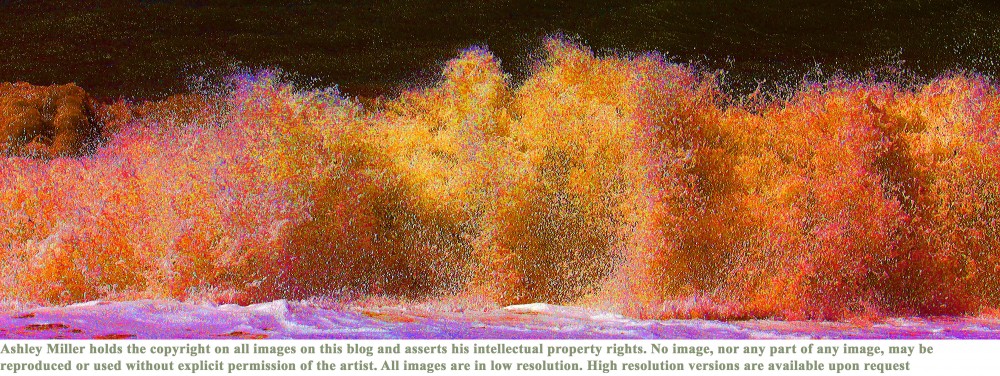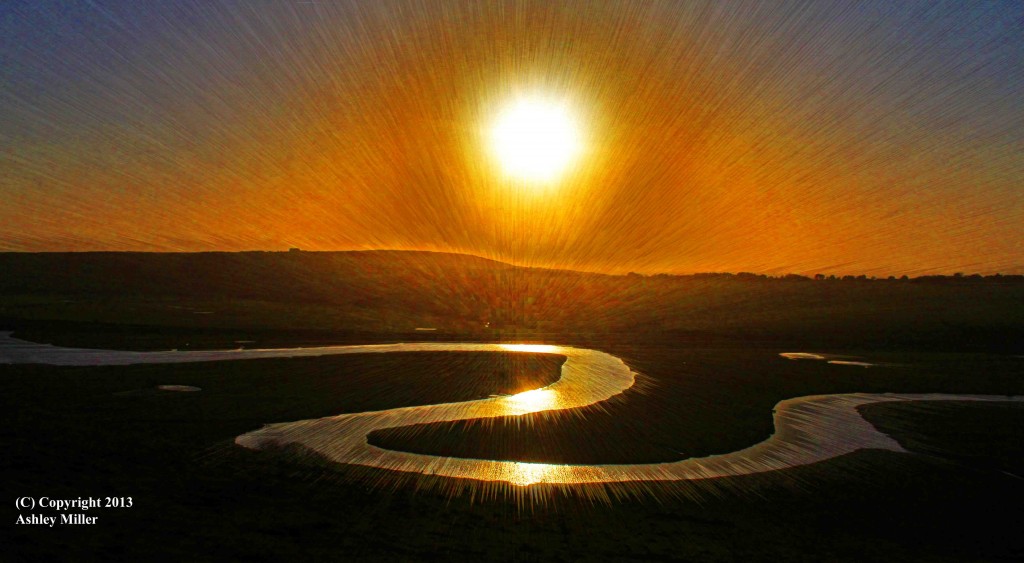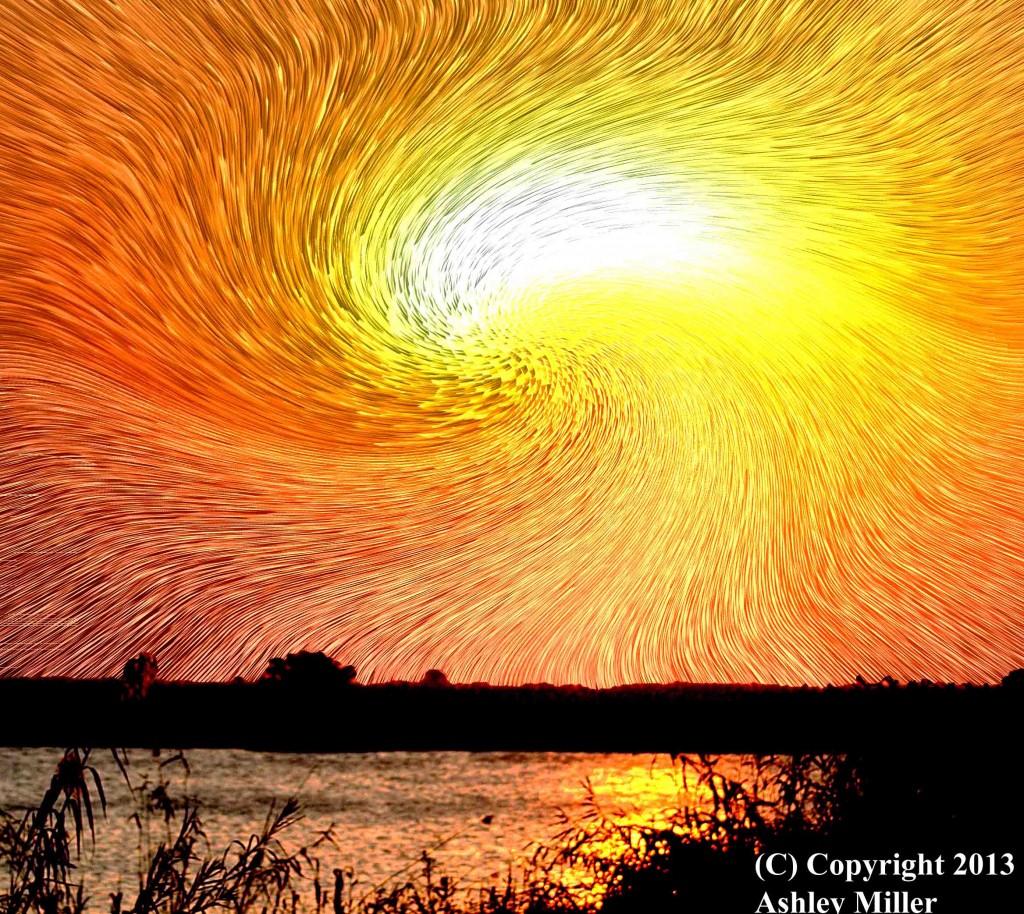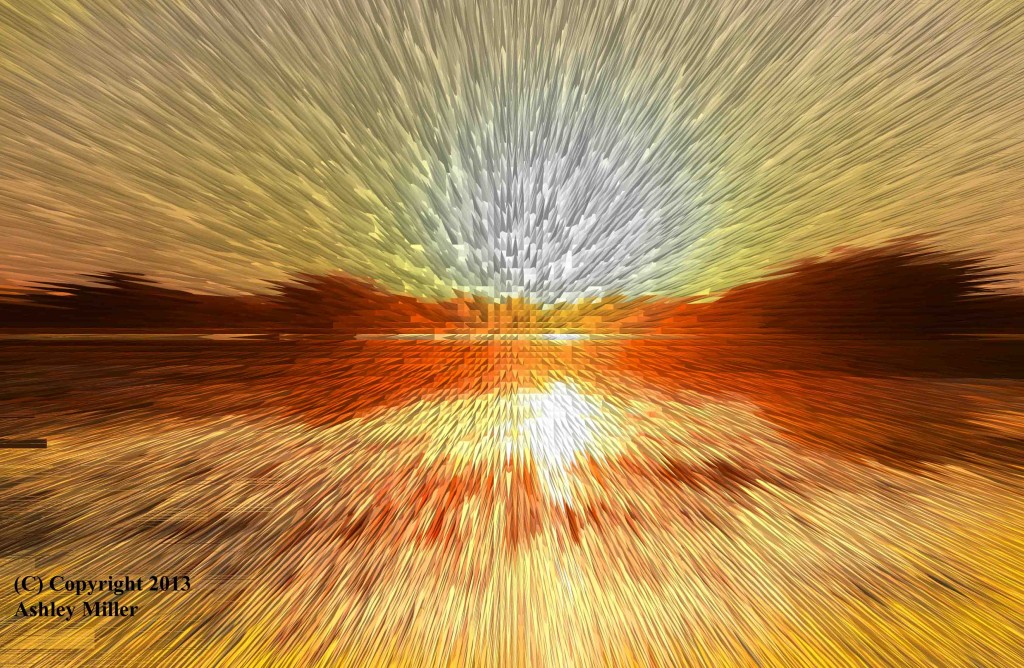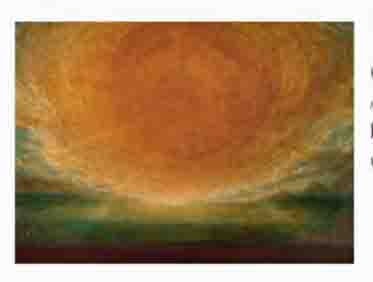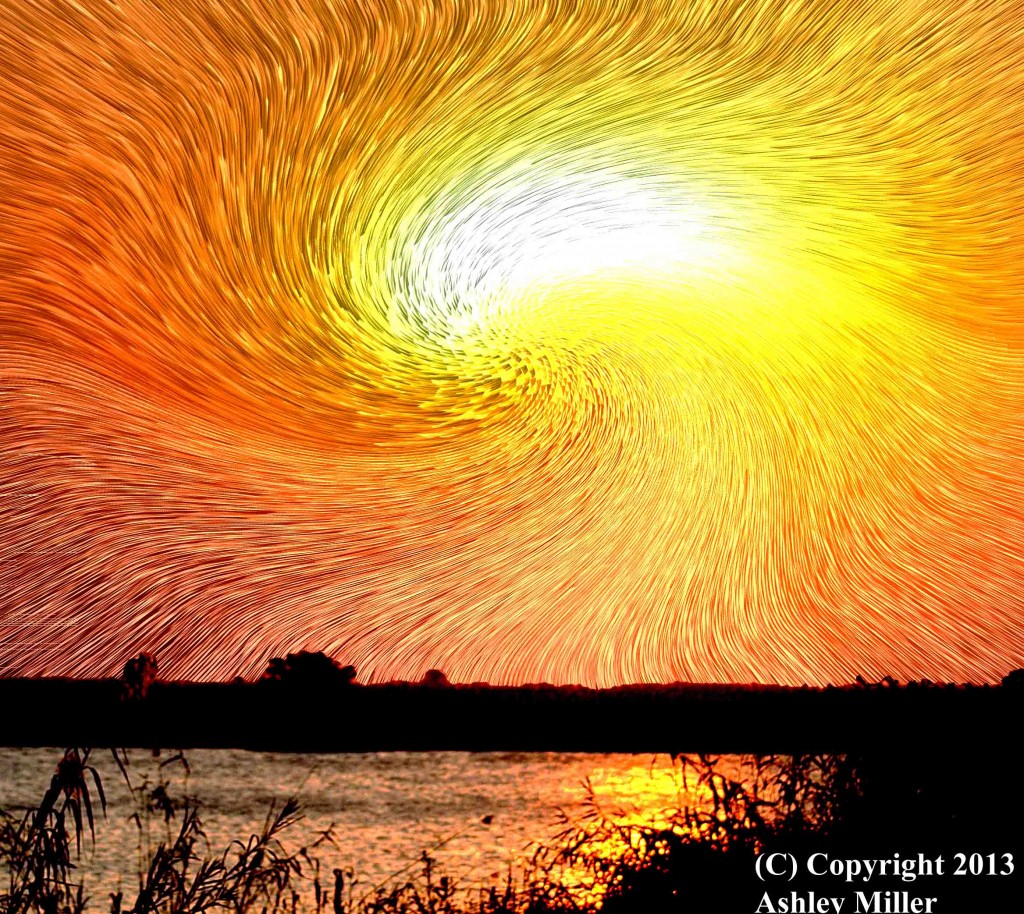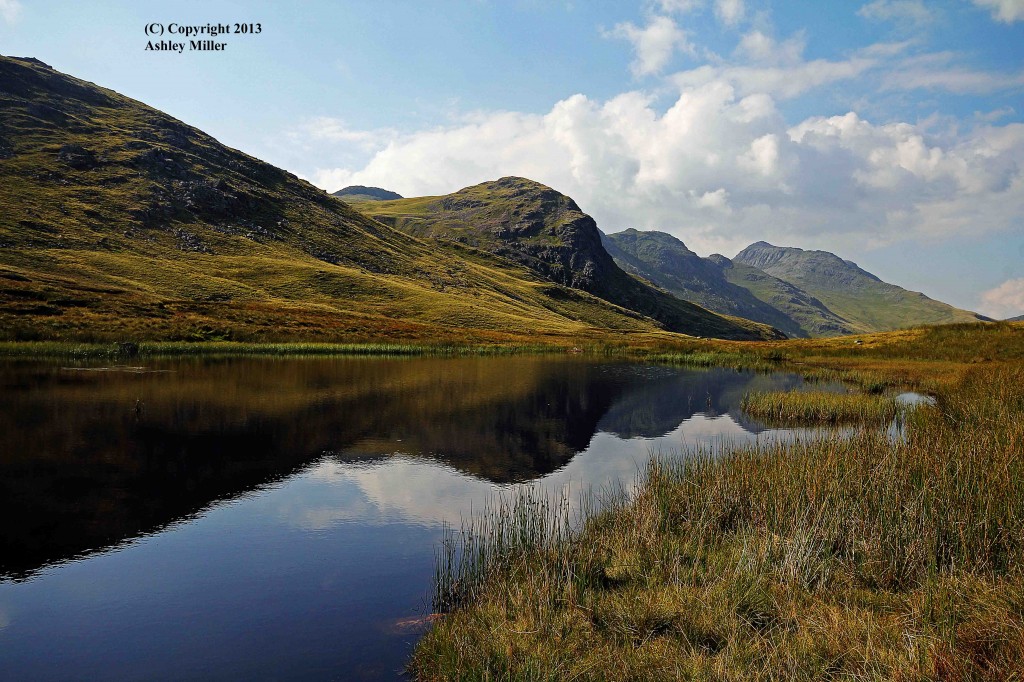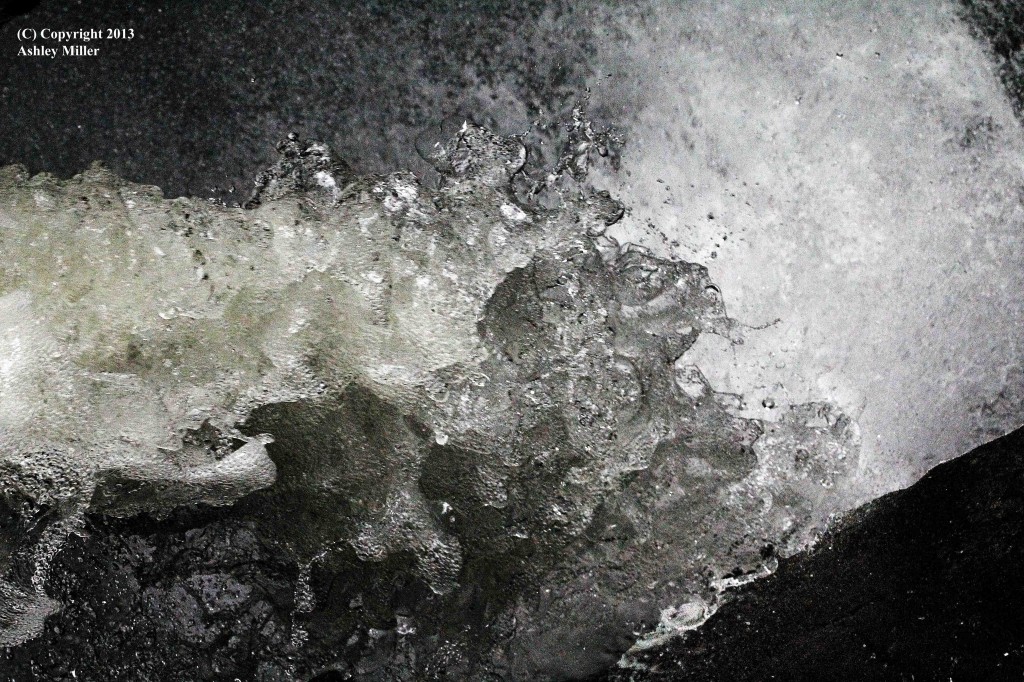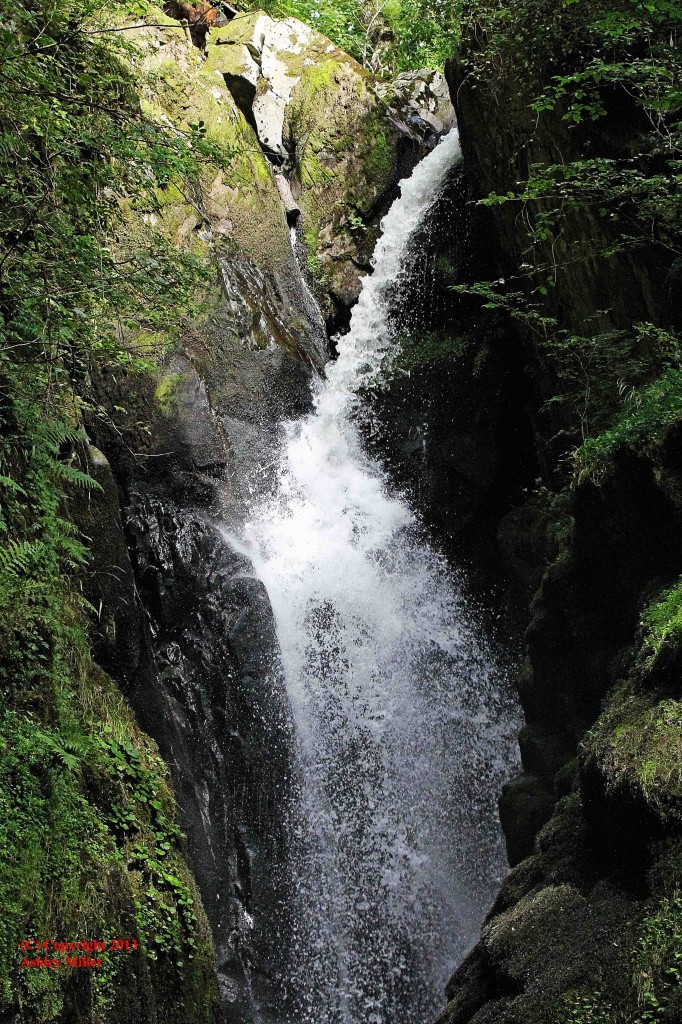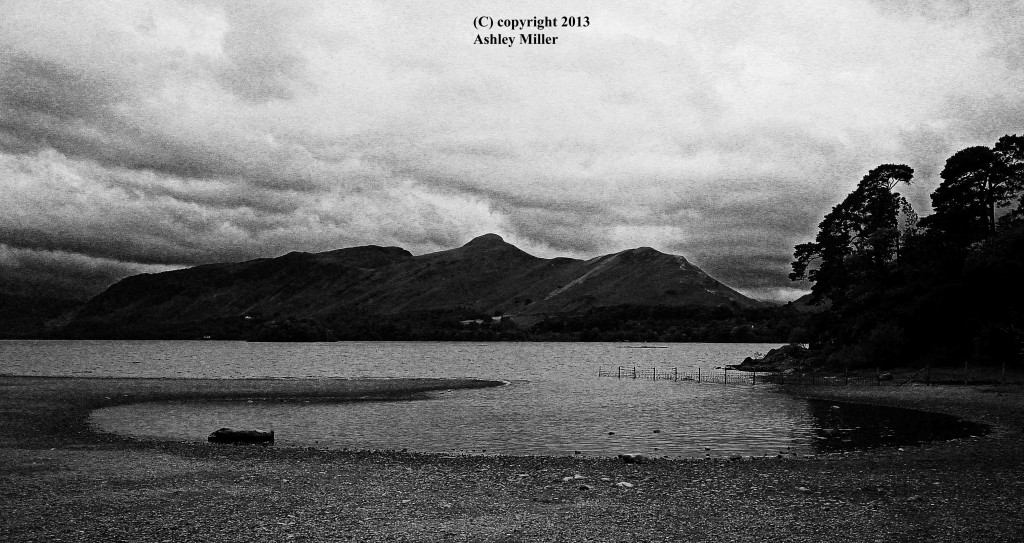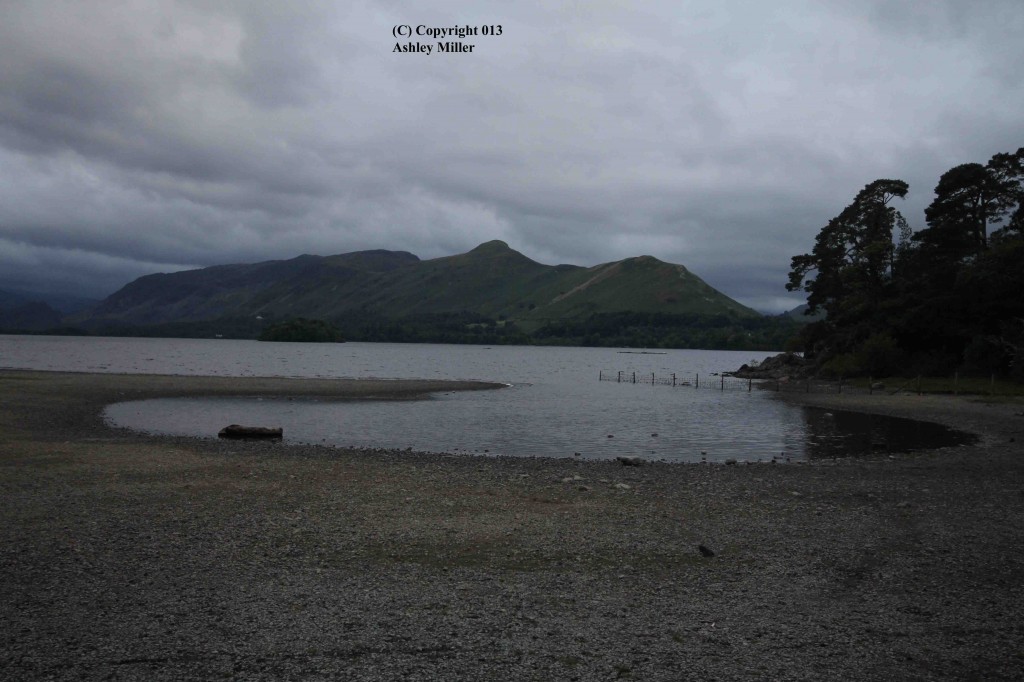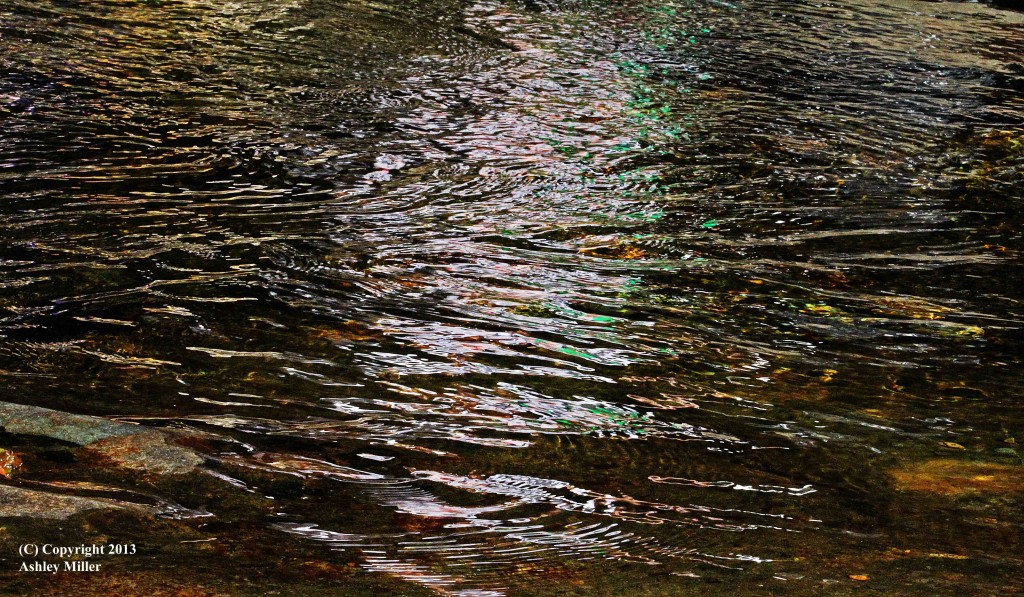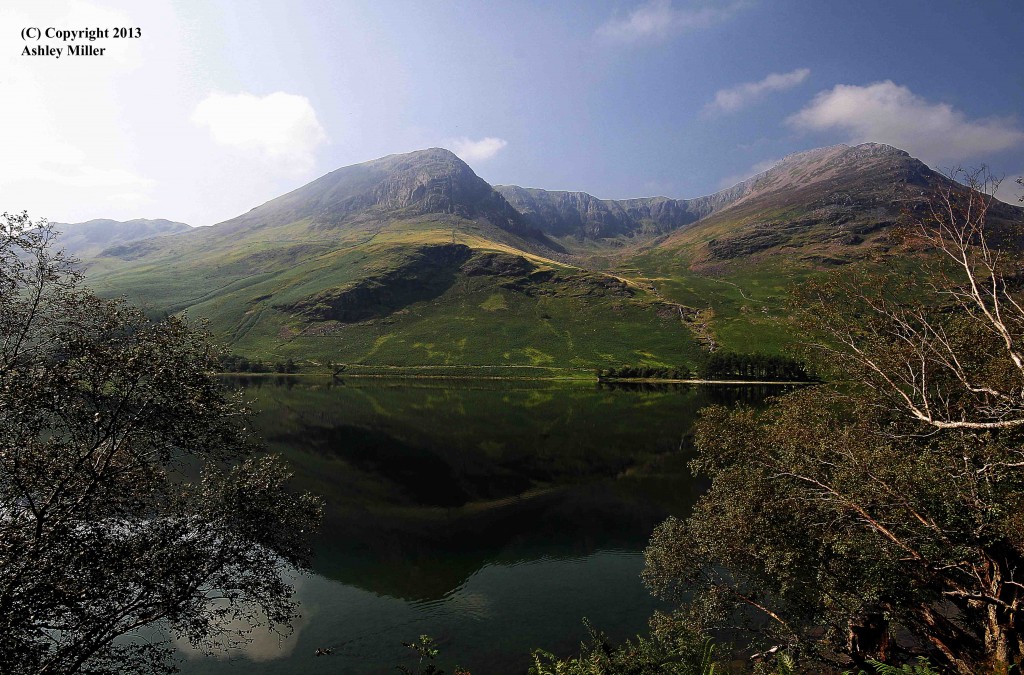So; reviewing my previous images I wondered if I had any UK photos that I could use as a basis of an image for this theme. And the answer was not many. For much of the south-east is densely populated, so it lacks that feel of watery wasteland wilderness, and when I travel in the UK I tend to head for mountains and moorlands, or craggy coastlines. So my trips to the British wetlands have been few. And this is a hugely endangered habitat in the UK as they are just too easy to turn into fertile farmland and nondescript housing estates; so perhaps I should pay them some more attention and play my little role in recognising what beautiful places they can be; worth preserving as they are as Gaia’s shared land with Tethys, land to flood naturally, lest we get flooded disastrously. This image, however, happened b chance. I was exploring the Sussex cliffs and beaches and on the way from the chalk cliffs of Beachy Head to the chalk cliffs around Birling Gap I came across the flood plain of the River Cuckmere as it meanders to the sea. So I must try and push myself outside my comfort zone and try more visits to the wetlands. So, whatever your comfort zone is, within photography or outside; perhaps you can think about pushing outside a little.
Monthly Archives: September 2013
After the Deluge 3
I am enjoying this theme. It gives the opportunity to play with textures and light. And it is not photography any more but image making. Image making using technology and my imagination. And these images are about a return to life and warmth, a new hope after despair and tribulation. The Sun is shining again and warming poor wet Gaia; and she will revive and bring forth life again. The vortex is my way of expressing energy. And this image started as a photo in Botswana again. Why Botswana. Because I was there, and there were wetlands and sunsets and much material for these images. The originals are nice sunsets yet, in a subject I will return to at a later date, the trouble with sunset photos is that no matter how good yours is, there is always someone with a better one, But as a base for your imagination you get a beautiful colour palette with which to start. Imagine away!
After the Deluge 2
Continuing with my ‘After the Deluge’ experiment, here is another image originating in Botswana, but this time the Okavango Delta. For a country that mostly desert, actually the Kalahari desert, it does have these vast open river wetlands; big vistas and big skies. And this is an image created by using the more esoteric options in photoshop. Options that, on discovering them, I overused horribly on too many images, yet, just occasionally they can be used to interesting effect.
After the Deluge
It is often the way that we do not visit interesting or beautiful places on our doorstep; yet visit such places whilst on holiday. And I am no different. I live just a few miles from the Watts Gallery and Chapel and have done so for 30 years, yet never went there until being visited by Muse&Mentor, and realising this was an interesting opportunity. It was indeed an interesting opportunity …
George Alfred Watts was an important 19th century English painter and sculptor. The gallery, a regional offshoot of the Tate Gallery, is part of the house he had built, the Chapel his Mausoleum, which his second wife, a designer/potter, had built, is a fascinating Arts and Crafts building. And Watts painted in a variety of styles; with influences from his pre-Raphaelite friends Dante Rosetti and William Morris and as part of the symbolist movement; representing people and the world in religious/mythological symbols and allegories. He also painted the literati and glitterati of his age; some agreeing to be represented in his symbolist style; and others clearly not … rounding one corner you come across the stern visage of William Gladstone, no symbolism allowed there, yet a certain warmth not always found in Gladstonian images. Yet it was a handful of impressionistic images, all light and warmth; reminiscent of JMW Turner (their lives overlapped so Watts would certainly have been aware of him; an artist whose) whose work I love that moved me most. In particulatr this painting, After the Deluge.
It is an image of the world after the rain of Noah’s flood stops, the 41st day, a watery saturated world yet with the glowing Sun promising a return to life.
And it inspired me to look at some of my images, my love of water, of course, yet shot straight into the Sun (all rules are there for the breaking) and wondered if I could capture some of that same feeling. A will publish a few such images; and they are images for they are no longer photographs, rather my own creations. This first originated from the Chobe river in Botswana; it has come a long way from there in many senses.
Cake by a Tarn
There is no moral, no lesson and no lecture behind this image. My son and I walked up a hill behind Wrynose Pass to this tarn. It is called Red Tarn. There is another, more famous, Red Tarn beneath Helvellyn, but its namesake is just a pretty place. So we sat and ate cake by a tarn; what a great thing to do; eat cake, quietly enjoy each other’s company in such a pretty place.
Into the Maelstrom
Aira Beck lives a short but charming life. It rises in the hills to the west of Ullswater, takes a sharp right (south) at Dockray and then tumbles through a series of waterfalls and gorges to create a pretty wooded delta into the lake. Probably no more than 6 miles yet such a pretty thing. And the largest of these falls is Aira Force. Not a world giant as falls go, the water cascades 20 metres into a mini gorge yet oh so photographable. And it offers an unusual opportunity to take photographs straight into the fall, the result of two bridges, one at the top and one at the bottom. ‘What a pity’ one might think ‘ to spoil a natural wonder with a bridge’, yet the bridges were built almost a hundred years ago out of local stone, so they have blended and form part of the scene. And there is the option to stand on the top bridge and photograph into the maelstrom. I have done this many times and will do so many times, for the stream and its falls change every time. And this constant changing face of Gaia is an important lesson for photographers, to know that there is always something new; that and the fact that most people never walk beyond the main drop, and the walk reveals many more falls, great and small.
Retro – plus the original
So one evening I took a stroll along the Derwentwater shore with my son prior to going to the lakeside theatre to see a lovely production of the 18th century restoration play, She Stoops to Conquer. And it was a chill, damp and blustery evening yet with the clouds still high enough to leave the top of Catbells clear. And the resultant photos were distinctly lacklustre. And though I could see potential in thephoto nothing I could do seemed to bring out a satisfactory image … until I flipped it into black & white. The result is very retro, like old postcards, so a retro image before seeing a retro play. Hope you like it.
I decided to extend the original post by including the original un-photoshopped image. It looks like exactly as it was, damp and dismal, yet something about the image appealed. Cropping out most of the pebbly lake shore (dull) helped and then, as above, experiment to see what worked and what didn’t; and most things didn’t work. The lesson is persistence and trusting your instincts.
Energy, Light and Movement
There are many types of photography; photojournalism, sports, portrait, landscape to name but a few. And I am primarily a landscape photographer and even within this there are many styles and sub-genres. Sometimes one can simply record a beautiful landscape. I enjoy doing this; admiration of Gaia; yet used to refer to it disparagingly as ‘chocolate box’ feeling there was not enough of my skills in it. After several whacks over the knuckles from Muse&Mentor I have revised this view, understanding that it was still my skill to spot a beautiful view, compose it and select the appropriate camera settings. Sometimes one can reduce even grand landscapes to geometric shapes and sometimes one can find intricate patterns and textures in small details, something I am very fond of. And sometimes one can let the imagination play and take the patterns and textures to an abstract level. This image started as a photograph taken near Aira Force on this latest trip to Cumbria. Far enough from the fall for the water to have calmed down, yet still with plenty of activity; and then I played with it in photoshop to create an image, an impression of energy, light and movement.
Behind you
This is Buttermere in the Lake District. It is taken from the NE side looking to the SW side and, though I have walked around Buttermere many times and visited many more times, it is a view I have never photographed before and a scarcely even seen before; and behind that lie lessons for every photographer and photoimaginator. And no not because it’s always raining! The answer is that I always walk around the lake anti-clockwise starting on the NE side with this view up above me, with the peaks obscured by forest in some areas or just the shoulders of the lower slopes. And by the time I am walking on the SW side, with this view potentially available, I am a little tired, and concentrating; sometimes on the thought of a cool beer and sometimes … On the first stretch you have to walk on the road for a mile, so watching for cars, and then walking over a pretty but overgrown path along the lakeside, many tree roots and many boulders and watching where my feet are going. And failing to look up and failing to pause and stare a while and look back at this splendid view. On this occasion, the walk was not around the lake but up a path called Scarth Gap and on to a mountain called Haystacks. The lesson is simple; pause a moment and look around you (even behind you); who knows what you might discover.
Roaming Romans
Up above Derwentwater there is a tiny hamlet and tarn; both called Watendlath. Great name! And when I first went there 50 years ago it was a run down fairly derelict little hamlet. But time and tourism march on and it has been smartened up and there are, inevitably, a couple of tea shops, yet the essential character remains, a sheep farming hamlet built out of local grey slate … but you have to pay £3 to park there now. And this pretty bridge is where the tarn flows out into the stream that eventually drops down to the lake. It is a pack horse bridge and hints at a more industrial past. The Lake District has (or had before they dug holes into poor Gaia) mineral wealth; copper, tungsten, lead, and where this is lead there is silver. And paths and cobbled roads were built for packhorses to drag laden carts to smelters and ports, so they had to be strong, and this pretty shape is strong. And the classic histories say the mining only goes back to the 18th century; but I don’t believe it. The Romans were very interested in the area with forts at Ambleside, Hardknott and Ravenglass plus many cobbled Roman roads and routes. And the Romans did not visit and fortify places for the pretty scenery; they were hungry for mineral resources and preferred to take rather than buy. So does this route go back that far; who knows; only Gaia perhaps.
